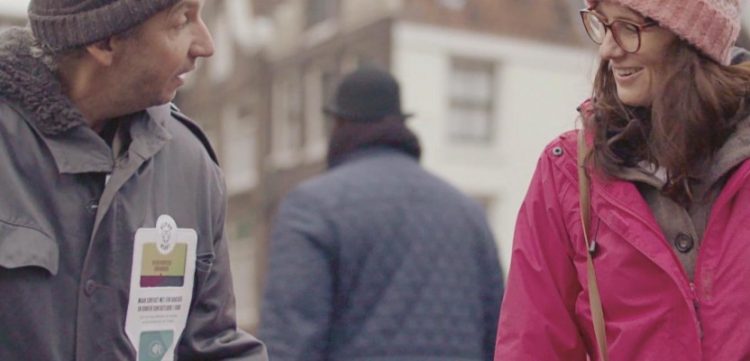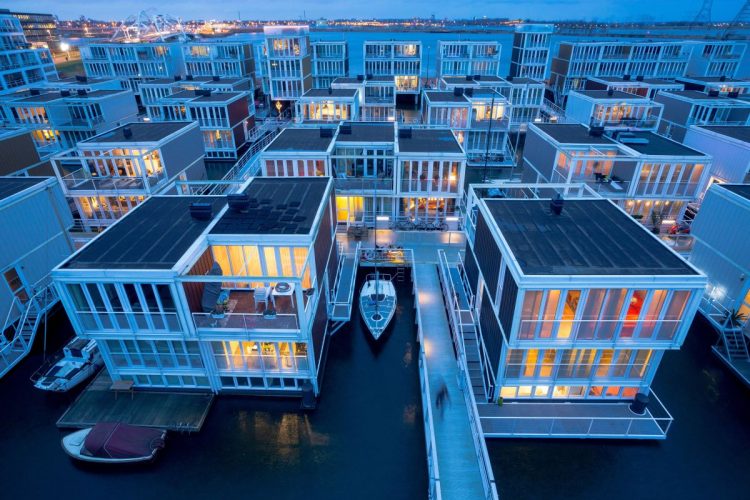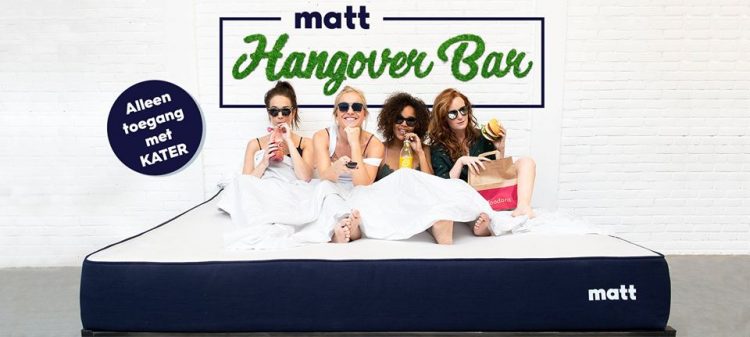It’s getting and harder and harder for beggars to survive on spare change handouts these days. People have become too reliant on alternative payment options to carry cash around with them, and those that still have a few coins in their pockets are often afraid that recipients will just spend it on alcohol, drugs or cigarettes. However, a couple of Dutch advertising professionals have come up with an intriguing solution – a contactless payment jacket for beggars and homeless people.
Developed by Carsten van Berkel and Stefan Leendertse of N = 5, an Amsterdam-based advertising agency, the contactless payment jacket allows people to donate 1€ to the wearer using their contactless smart card. The unusual clothing item has a card reader sewn into it, and in order to donate 1€ to the wearer, all you have to do is hold the card close to the jacket for a few moments, and the sum is automatically debited from your bank account. The contactless payment jacket also comes with an LCD screen which constantly displays instructions of use.
“People have less cash in their pockets,” says Jan Jesse Bakker, the designer of the jacket. “And if you have a single euro on you and give it to a homeless person, then you do not know what happens to it.” That’s one of the big advantages of the contactless payment jacket. You’re not giving cash to a total stranger to do with it what he pleases. Instead, the fixed sum (one euro) goes into a bank account managed by a homeless shelter, and can only be used to purchase a hot meal, pay for a bath or spend a night at a homeless shelter (many such centers in the Netherlands require a contribution of 5€ per night). Homeless people who really want to turn their life around can also save money for various job certification courses or a down-payment for a home. “We can offer the homeless more than just a warm Christmas,” Bakker adds. “We give them back prospects.”
 Read More »
Read More »




















